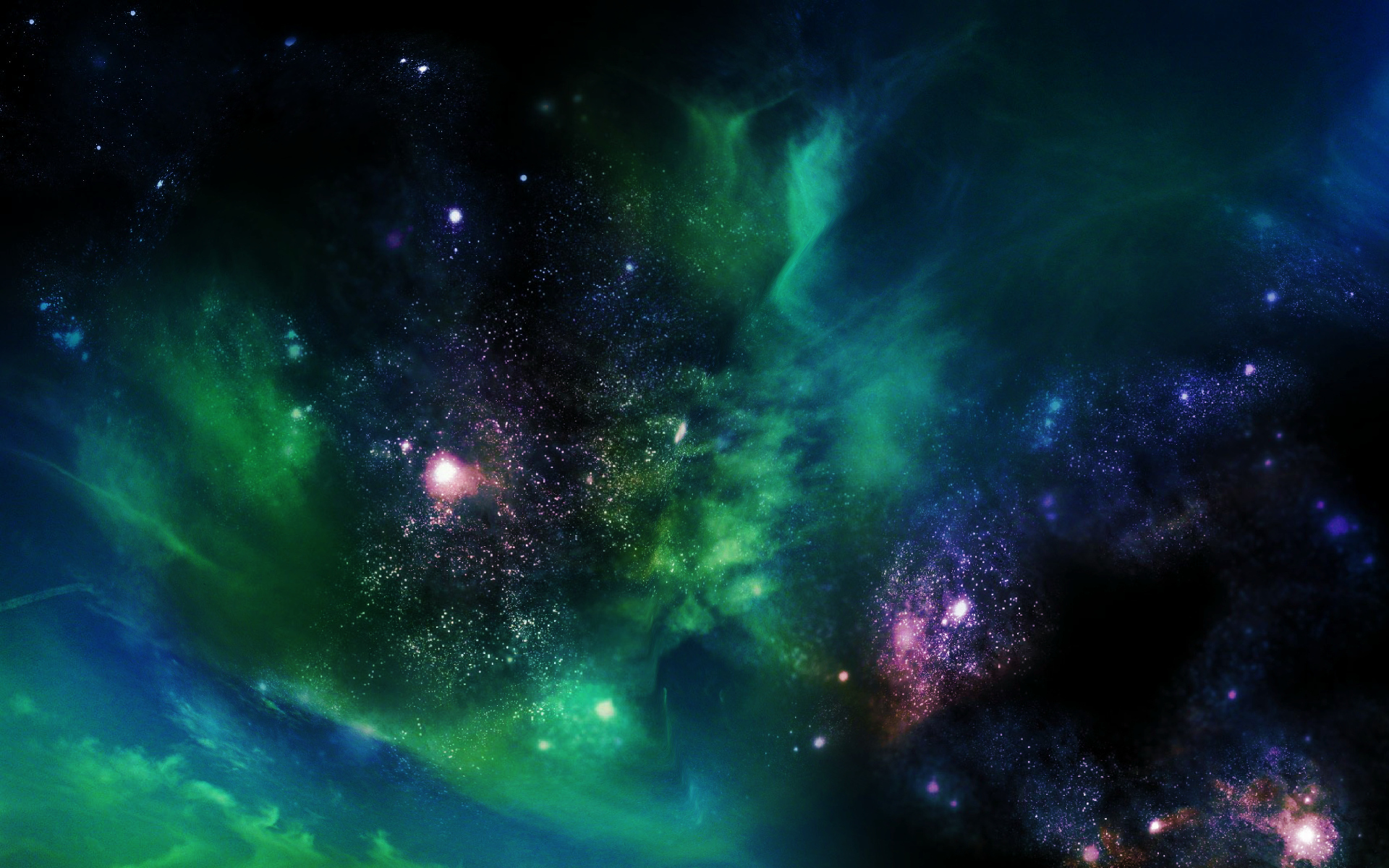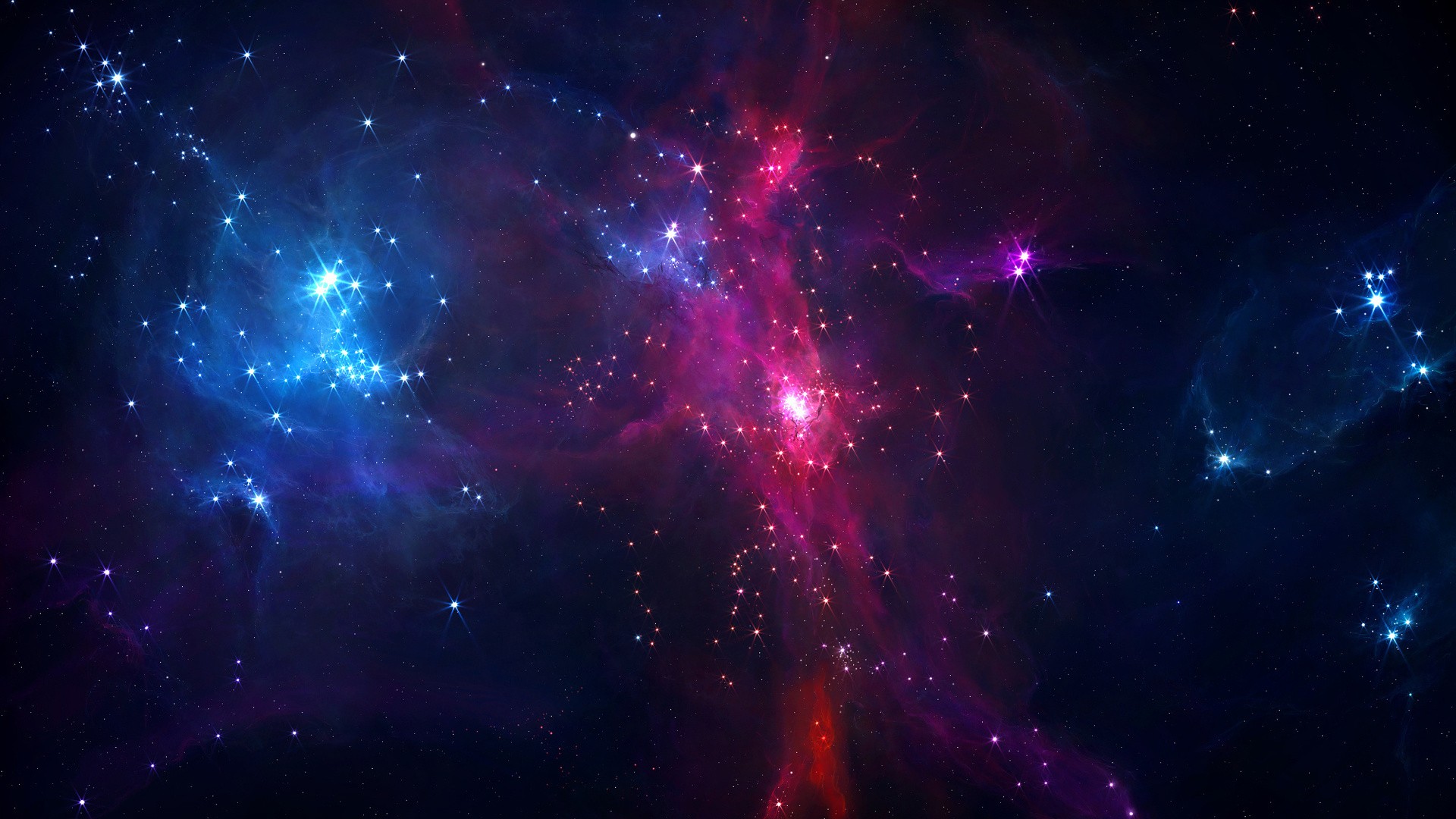
NASA announced the creation of the Planetary Defense Coordination Office on Thursday. Pictured are orbits of near-Earth asteroids (blue) and potentially hazardous asteroids (orange).

Some of us may have moved on from our dream of being an astronaut when we grow up, but that doesn’t mean we can hide our excitement about the latest advancements in space travel.

By launching a cargo of satellites into orbit and returning the rocket booster to a vertical landing on earth, Elon Musk’s SpaceX has reached the next major milestone in its quest to reduce the cost of reaching space, with the potential to disrupt the entire rocket industry.

Cause always leads to effect — except, of course, in particle physics.

NASA has obtained its best ever images of a supermassive black hole and the mysterious ring that feeds the galactic gobbler.

When a company named Astrobotic launches a lunar rover in 2017, the MoonArk will be aboard.

There is growing interest in Europe to prioritize the moon as humanity's next deep-space destination. The moon, supporters say, can serve as a springboard to push the human exploration of the solar system, with Mars as the horizon goal.

NASA hopes to launch a crewed mission to Mars by the 2030s.

There's a new player in the hunt for dark matter: China's Dark Matter Particle Explore (DAMPE) satellite, which launched on December 17. Ground stations have just received the first data beamed back from DAMPE. With all systems fully operational, the satellite officially begins its three-year mission.

This was a golden year for planetary exploration thanks to all of the NASA and European Space Agency missions that were planned and implemented decades ago. Not since Apollo and the epic space race of the Cold War has space featured so heavily in the public eye.

An international team of scientists have crunched the numbers and discovered something straight out of science-fiction: They claim that the center of our galaxy could host a giant wormhole.
The astronomers who found it think the planet is rocky and resides within the habitable zone -- close enough to its host star to host liquid water.

The Horsehead Nebula is one of the most famous nebulae on the sky. It is visible as the dark indentation to the red emission nebula in the center of the above photograph.

Observations from ESO telescopes provide crucial third dimension in probe of Universe's dark side. ESO telescopes have provided an international team of astronomers with the gift of the

The physicist predicts densities of up to 1 billion times greater than normal.